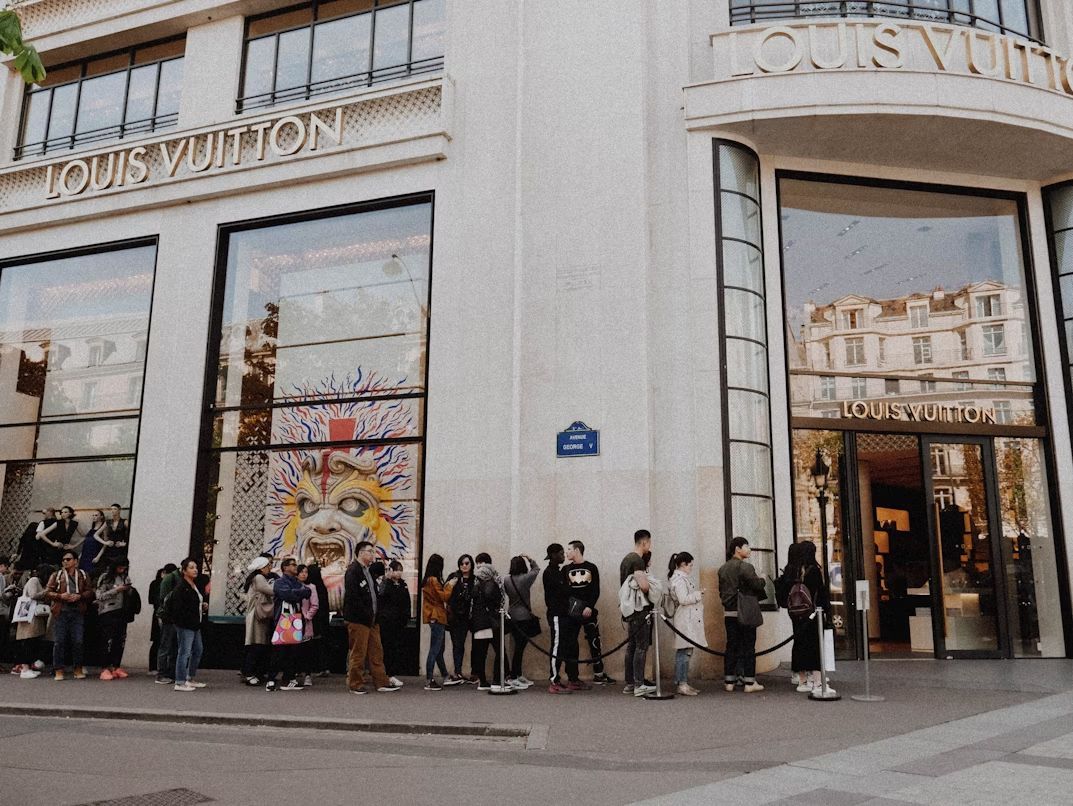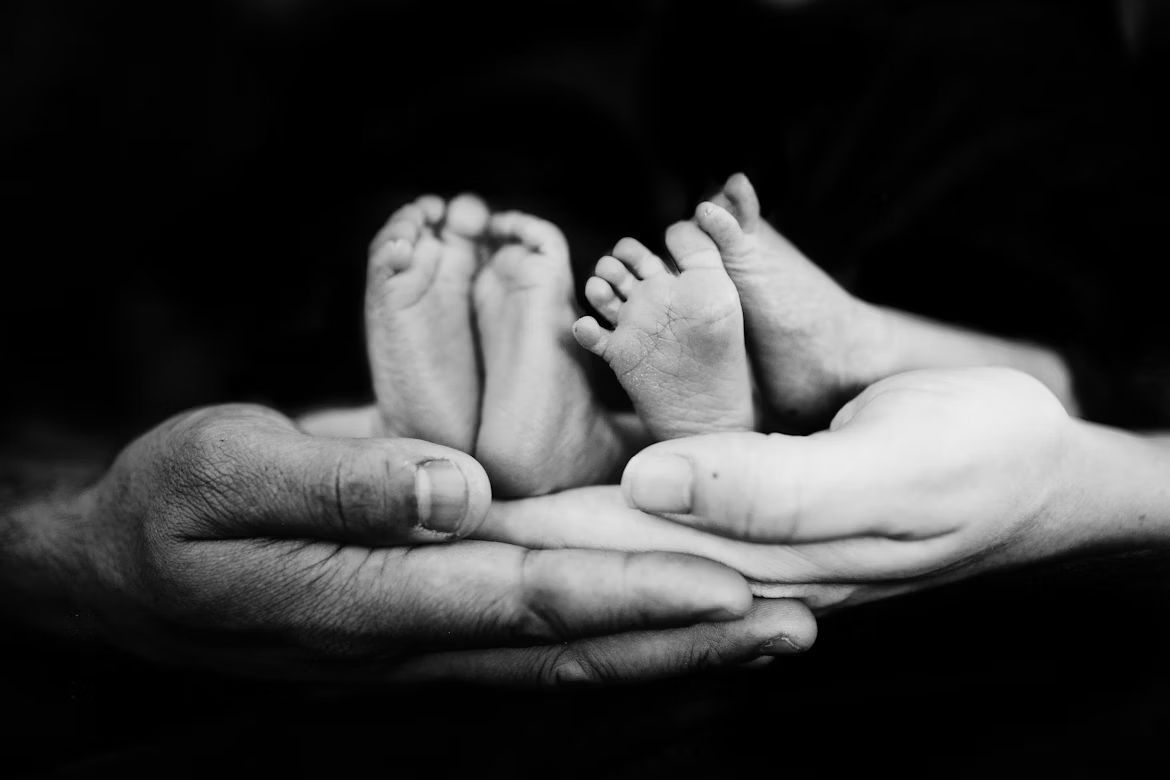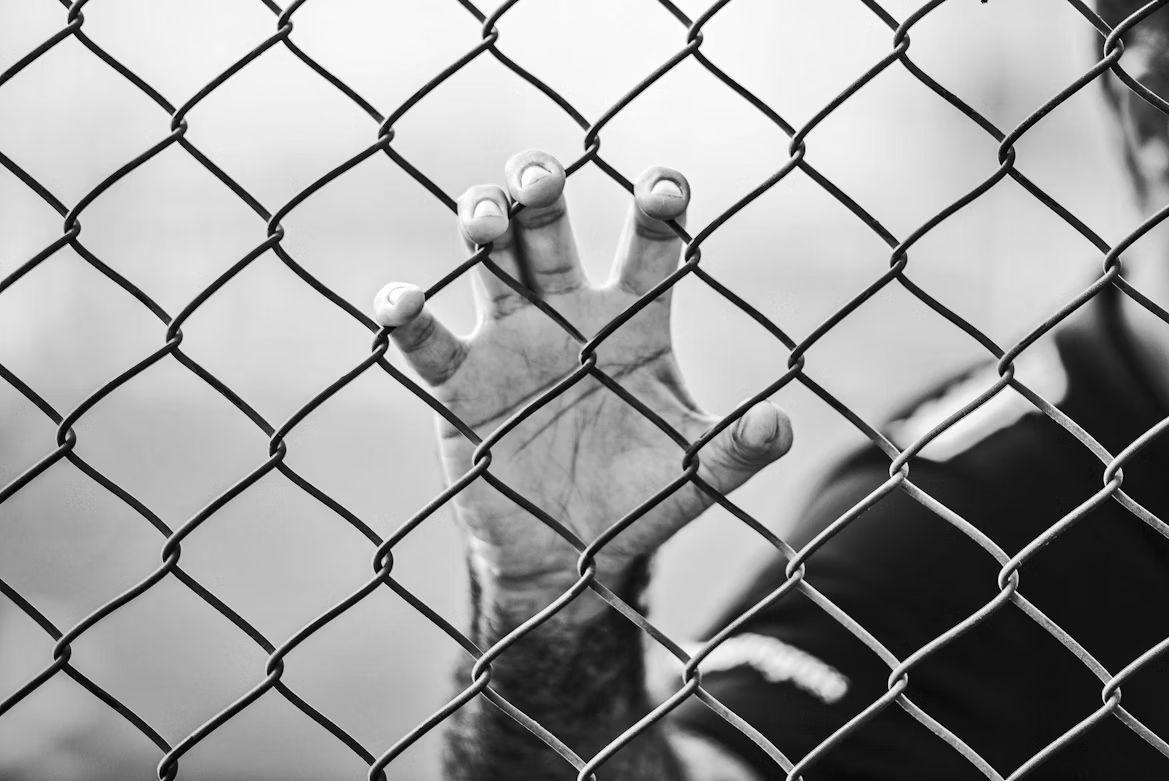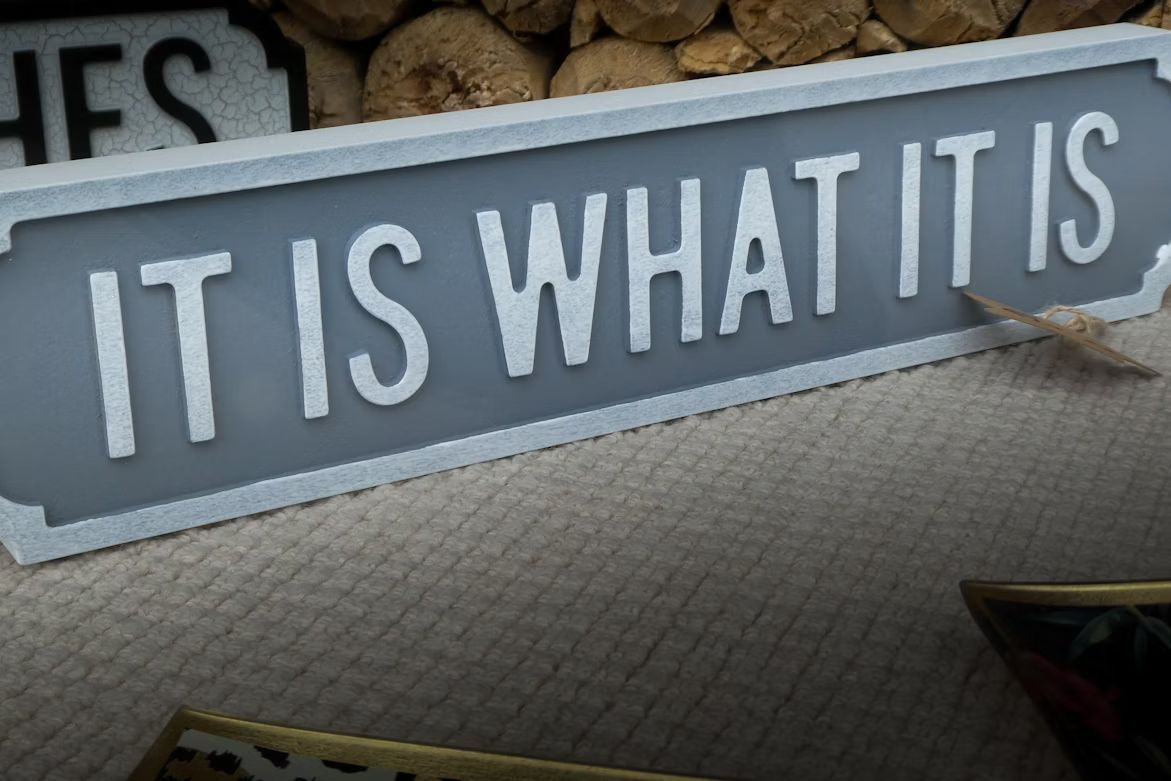Changing names takes courage
What was eBay’s first name? 10 successful rebrandings explained
Published on November 3, 2025
 Credit: Kristian Egelund
Credit: Kristian Egelund
Building a brand takes time, effort, money, and a lot of other things. That’s why, when someone throws everything overboard and starts again with a new name, more than a few eyebrows are raised. Sometimes these kinds of decisions are reversed. Prince changed his by-then household name to a symbol that no one knew how to pronounce—and later returned to being Prince. But sometimes, these name changes are successful. Take a look at the following ten examples of now-famous brands and their previously, often not-so-great, names. Did you know any of them?
AuctionWeb
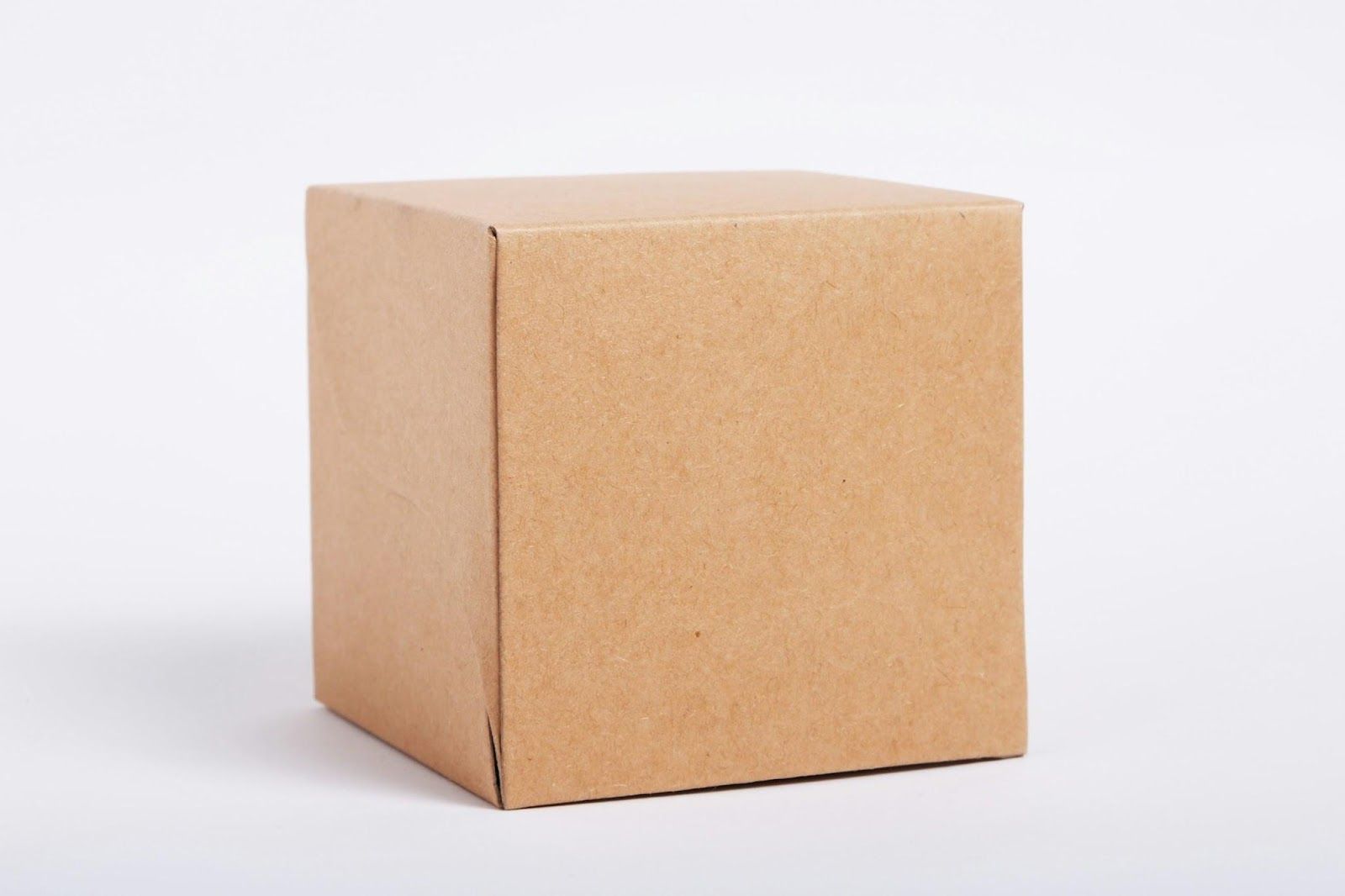 Credit: Giorgio Trovato
Credit: Giorgio Trovato
No one would argue that a name like AuctionWeb is more descriptive than eBay, right? Still, the online auction juggernaut’s founder, Pierre Omidyar, decided that eBay was a better fit. In 1997, he officially changed the company’s name and began advertising the website on a massive scale.
For some reason, Omidyar initially wanted to buy the echobay.com domain, but it was already registered by a Canadian mining company. Dropping the "cho" led to the name eBay.com.
Blue Ribbon Sports
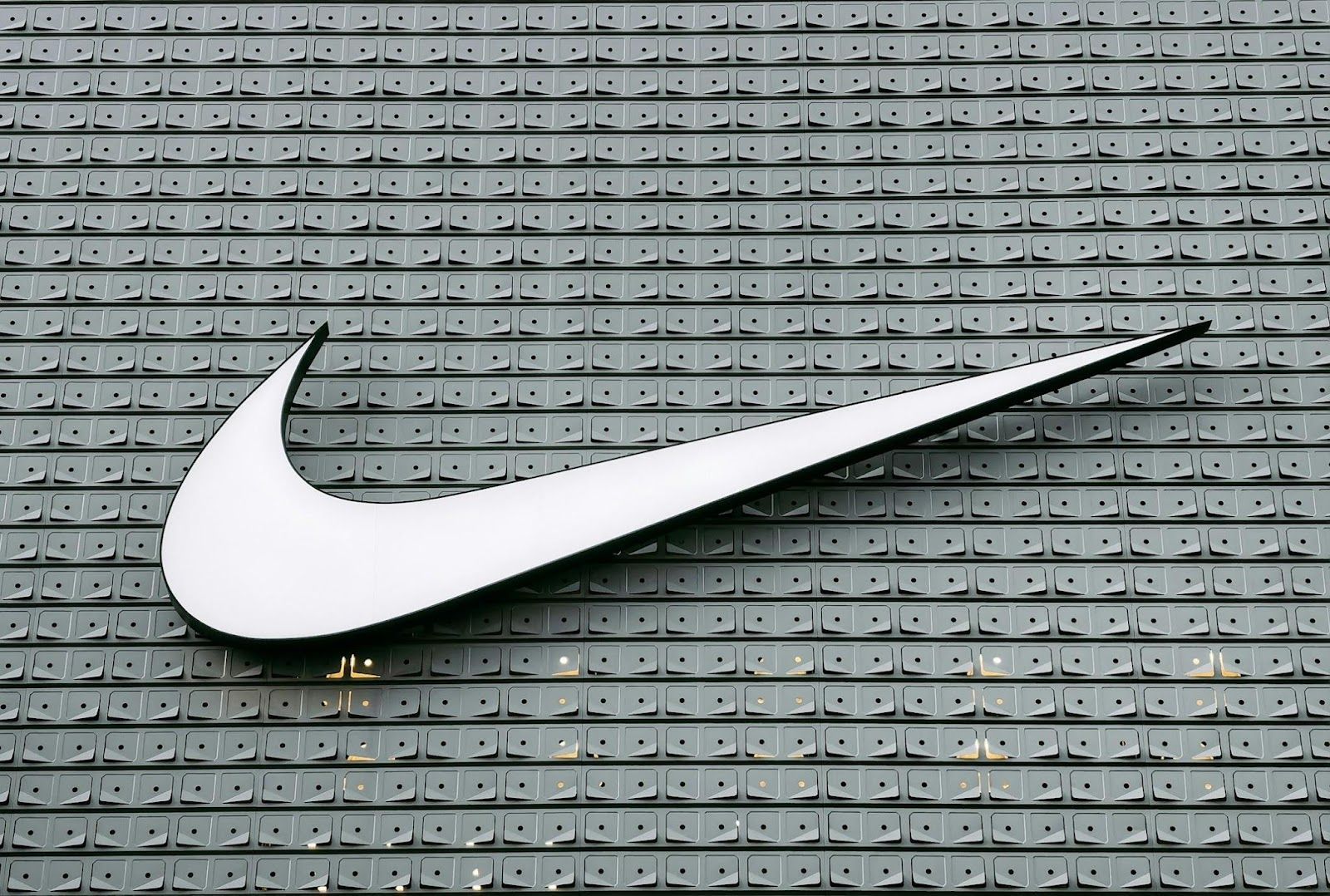 Credit: wu yi
Credit: wu yi
Everybody knows Nike, the global sportswear giant. But in its humble origins, it went by a different name: Blue Ribbon Sports. The brand had a distribution deal with Onitsuka (now Asics), a Japanese company. When that partnership ended, Blue Ribbon Sports changed its name to Nike, after the Greek goddess of victory.
Its famous "swoosh" logo was introduced at the same time. Carolyn Davidson, a design student, charged $35 for the logo, although Knight eventually gave her 500 shares of stock in 1983.
Confinity
 Credit: Muhammad Asyfaul
Credit: Muhammad Asyfaul
Confinity was founded in 1998, originally aiming to develop security software for handheld devices, but it quickly transitioned to the digital payments market. The team began developing a digital wallet, which allowed users to store and transfer money electronically.
After merging with Elon Musk’s online bank, X.com, in 2000, the company was rebranded as X for a short time and later became PayPal.
Jerry and David’s Guide To The World Wide Web
 Credit: Jaimie Harmsen
Credit: Jaimie Harmsen
Early internet users will remember the days when Yahoo! was the go-to search engine before Google. But even before that, founders Jerry Yang and David Filo—then students at Stanford University—created a website called Jerry and David’s Guide to the World Wide Web. It served as a directory of websites organized hierarchically, rather than as a searchable index of pages.
Thinking the name was too long to remember, they renamed the site Yahoo. Since the word "Yahoo" was already trademarked, they added an exclamation mark, creating Yahoo!.
Kentucky Fried Chicken
 Credit: Aleks Dorohovich
Credit: Aleks Dorohovich
In case you haven’t noticed, the full Kentucky Fried Chicken name hasn’t appeared in the brand’s official identity for quite some time. Founded by Colonel Harland Sanders in Corbin, Kentucky, the company became a fast-food behemoth that popularized fried chicken worldwide.
In 1991, the brand officially adopted the shorter KFC, a name it was already widely known by. Kyle Craig, president of KFC U.S., admitted the change was partly an attempt to distance the chain from the unhealthy connotations of the word "fried."
Matchbox
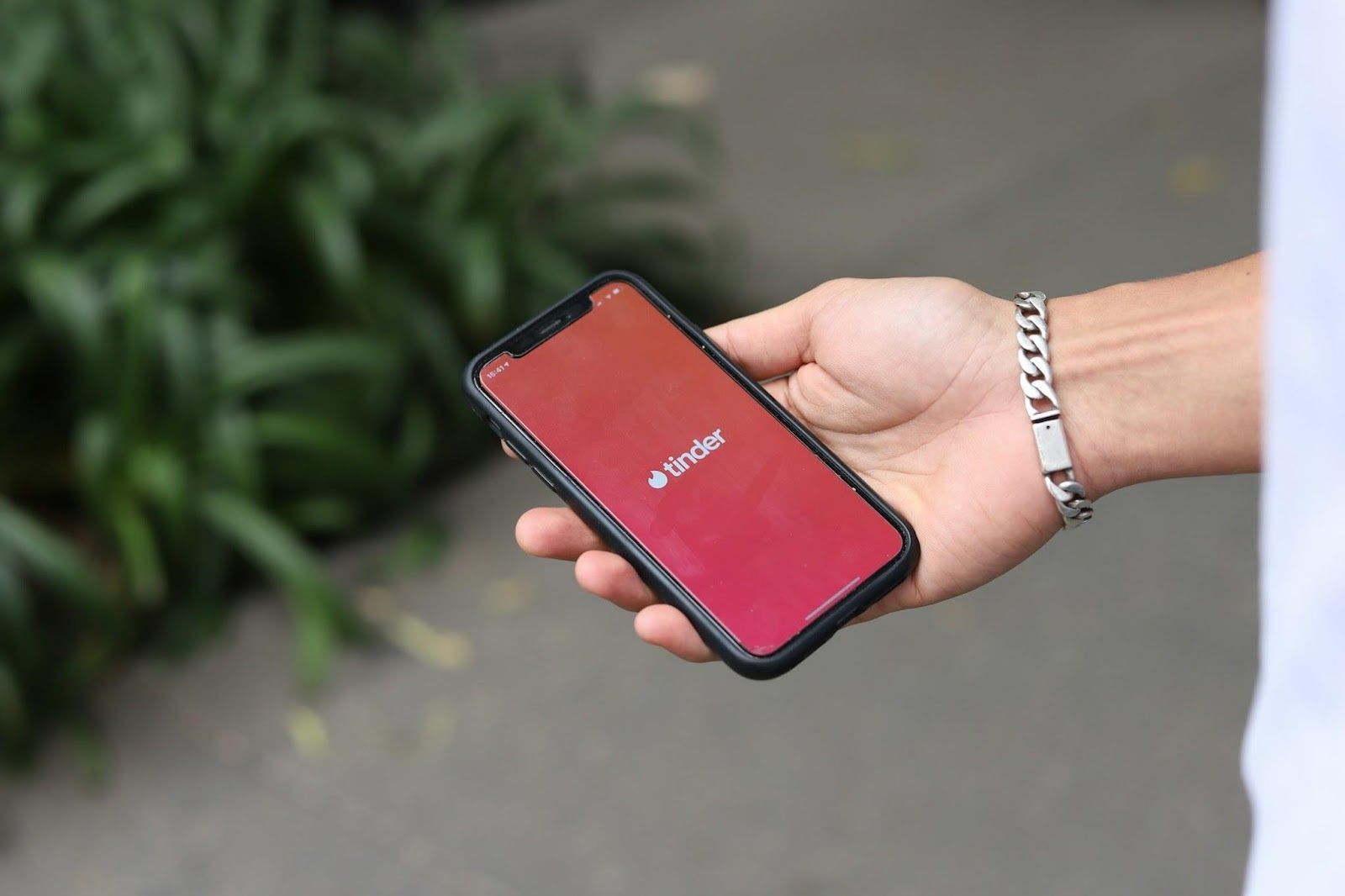 Credit: Good Faces Agency
Credit: Good Faces Agency
Different name, same concept—that could sum up MatchBox’s rebranding as Tinder. The original app launched at a hackathon in 2012, but the team soon realized the name was too similar to Match.com. They rebranded as Tinder, shifting the imagery from a box of matches to the small pieces of wood used to start a fire.
The company’s flame-themed logo remained consistent throughout the change.
Odeo
 Credit: Alexander Shatov
Credit: Alexander Shatov
Noah Glass developed a startup called Odeo as a platform for podcasting, but the venture hit a major setback when Apple announced that iTunes would include its own podcasting service. One of the employees then proposed an idea focused on "status"—short updates about what people were doing at a given moment.
This idea became Twitter, initially called Twttr, a service where you could text one number and have the message broadcast to all your friends. Years later, after acquiring the company, Elon Musk rebranded it simply as X.
Pete’s Super Submarines
 Credit: Mathias Reding
Credit: Mathias Reding
Every day, a sandwich shop is born somewhere in the world. In 1965, 17-year-old Fred DeLuca opened a sandwich shop to help pay for medical school, using a loan from Dr. Peter Buck, a family friend. In gratitude, he named it "Pete’s Super Submarines."
As the brand grew, the name was shortened to Pete’s Subway, and by the 1970s, the "Pete’s" was dropped altogether. According to one theory, the change was partly because "Pete’s Submarines" sounded a lot like "Pizza Marines" when advertised on the radio.
Relentless
 Credit: Christian Wiediger
Credit: Christian Wiediger
Before settling on Amazon, Jeff Bezos toyed with several names for his online bookstore, including "Cadabra" and "Relentless." He even registered Relentless.com, which still redirects to Amazon today.
Bezos wanted a name starting with "A" to appear early in alphabetical listings, and he was drawn to the Amazon River—vast, powerful, and world-famous. The choice was made, and the rest is history.
Burbn
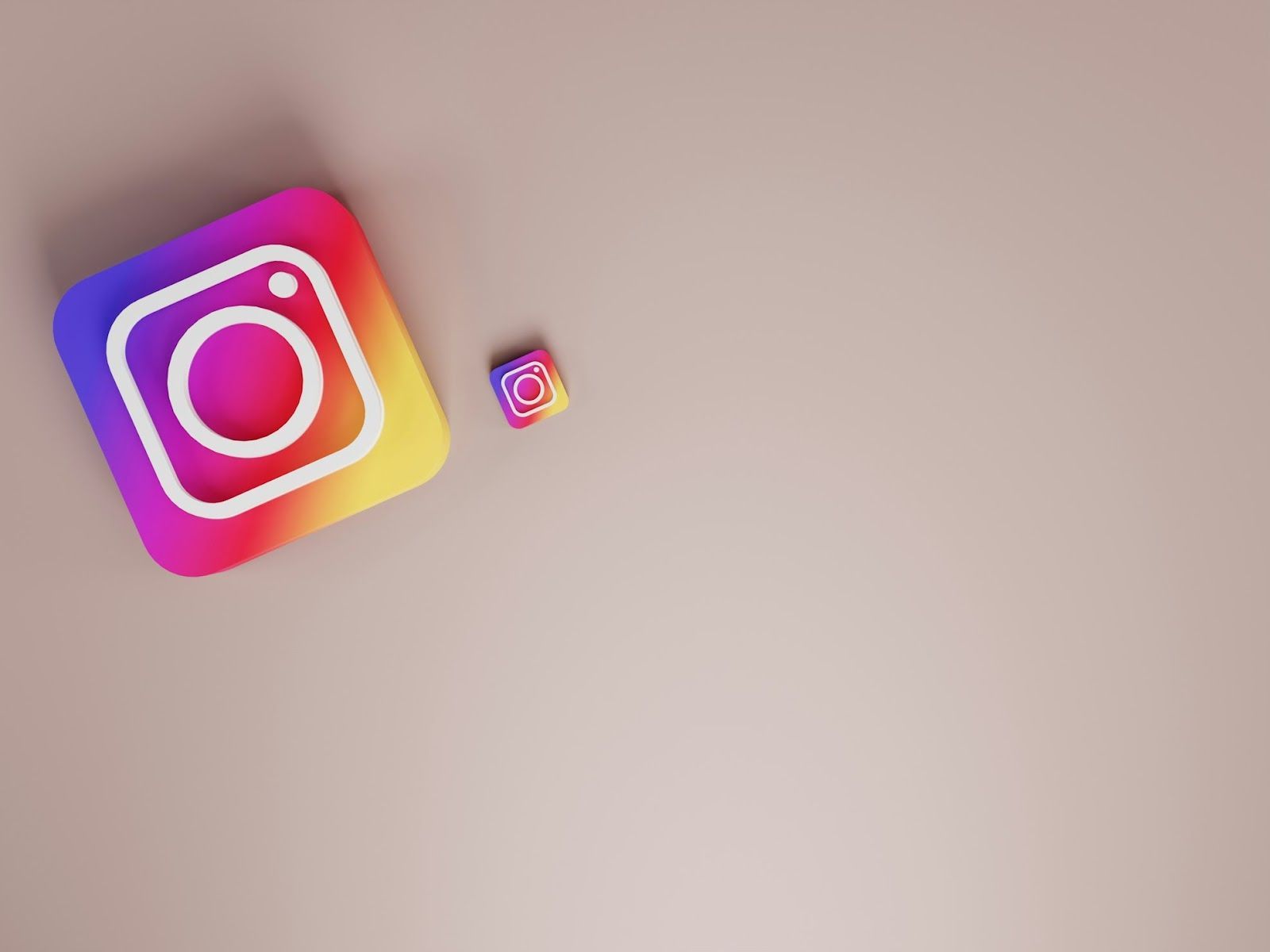 Credit: Deeksha Pahariya
Credit: Deeksha Pahariya
Everybody knows Instagram, the ubiquitous photo-sharing app that invaded every nook and cranny of the Earth with smartphones and selfie sticks. But before it became the photo-sharing giant we know today, Instagram started life as Burbn—a check-in app inspired by Foursquare, with extras like gaming and photo sharing
Founders Kevin Systrom and Mike Krieger noticed that users overwhelmingly favored the photo feature. They stripped away the rest, rebranding as Instagram—a blend of "instant" and "telegram."

